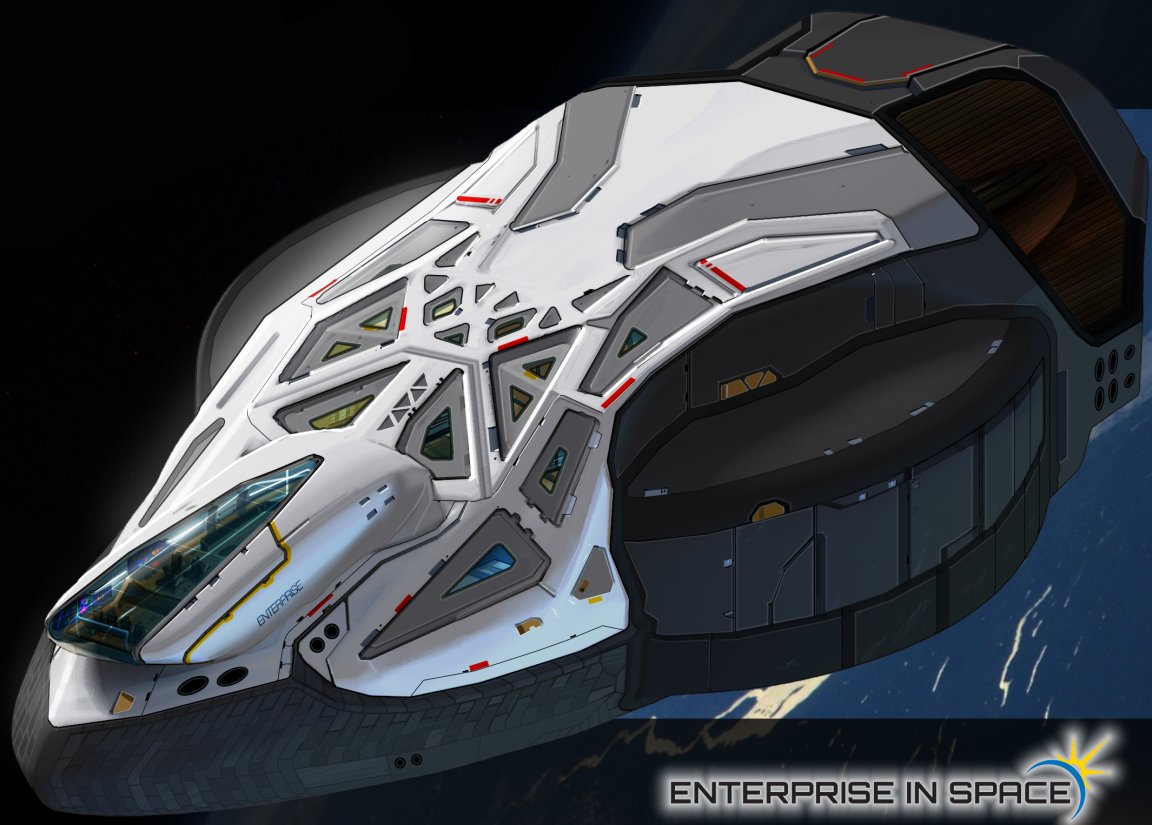
To Boldly Go…

This June, over 1,000 visitors to the Smithsonian’s National Air and Space Museum were introduced to the ambitious Enterprise In Space (EIS), an international program of the non-profit National Space Society. The mission of EIS is to motivate students everywhere to “reach for the stars.” According to Shawn Case, founder and chairman of the EIS board of advisers, the team has “one of the best award-winning space educator teams out there.”
EIS will design, engineer, build, launch, orbit, recover, tour, and exhibit a spacecraft named NSS Enterprise containing over 100 student experiments. Students will use a powerful artificial intelligence tool, learning to apply science, technology, engineering, arts, and mathematics (STEAM), and communicate in natural language with their experiments.
The program will demonstrate and pioneer new technologies while inspiring and encouraging space enterprise, and is a tribute to the many great visionaries of science and science fiction. EIS will engage and inspire the next generation – all ages and walks of life – by igniting a renewed interest in space exploration and development.
A Mission of Firsts
Case had always been a fan of Star Trek: the Next Generation. He was watching the show one night and realized “there’s never been an Enterprise in orbit.” But he couldn’t think of any technological reason why this wouldn’t be possible.
If Case was going to put an Enterprise into Earth’s orbit, he wanted to do it right. “It should be able to carry out science experiments. That’s what the Enterprise was all about. It had to be an educational tool.”
That’s how the EIS program was born. In addition to being the first spacecraft to orbit the Earth bearing the Enterprise name, the mission includes many other important firsts:
- The first Sci-Fi inspired design of a spacecraft.
- The first to converse with student teams in natural language while in orbit using an artificial intelligence, just like the Star Trek™ computer assisted their crews with experiments and analyses.
- The first non-profit organization to launch and return student experiments free of charge, allowing children of all socio-economic levels to participate. Students work in cross-cultural teams to convince judges that their experiment should earn the right to be among the 100+ experiments flown.
- Likely the first 3D printed spacecraft (aero-frame and skin) to orbit and return to Earth.
- The first to promote and encourage liberal and fine arts as part of the experimental design.
There’s a lot more about to happen with the Enterprise in Space story, according to Case. Since the project is still in the works, though, we can’t report everything. Be sure to follow the team’s progress for all the new updates.